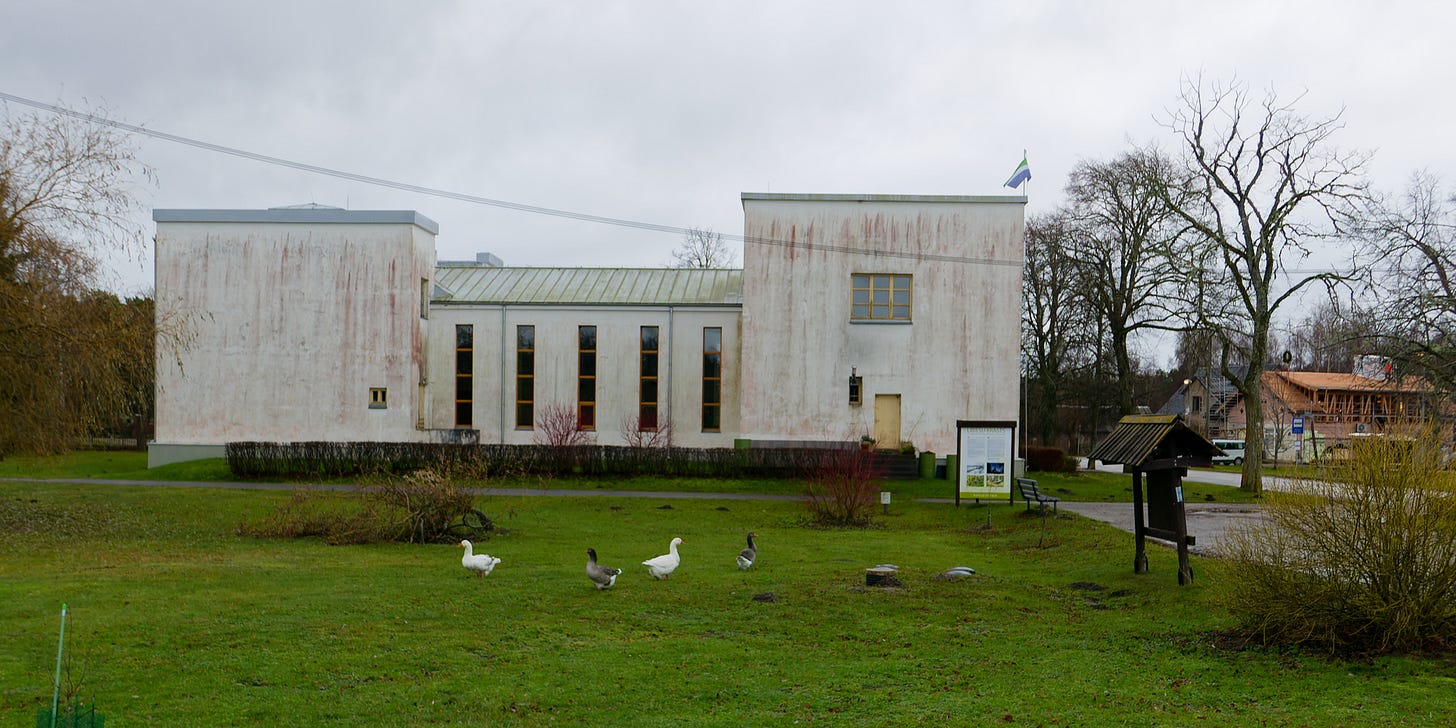Repairing and Reconnecting Legacy Databases
What a small Livonian heritage project can teach every organisation about making old systems work together
Across the Baltic and Nordic regions of Europe and beyond, the legacy databases of Finnish, Estonian, and Hungarian cultural institutions each hold fragments of the same story — the Livonian universe.
The Livonians are a small ethnolinguistic group related to the Estonians, Finns, and Hungarians, but they have lived for centuries in the Latvian, Russian, and German-speaking parts of Latvia. During the interwar period, they drew wide scholarly interest from these Finno-Ugric nations. The Soviet occupation dispersed the community from its coastal homeland, and the language — once vital — nearly vanished; the last native speaker passed away more than a decade ago.

Today, Livonians are re-learning their language and culture. Our goal is to reconnect the fragments of their dispersed heritage — the texts, photographs, recordings, and films now scattered across archives and institutions in several countries.
The systems we need to query and connect were built in Finland, Estonia, Hungary, and Latvia using different technologies, metadata schemas, and documentation languages. Each also reflects its own institutional logic: some collections are structured around research, others around museum curation, archives, or libraries. The result is seven separate silos describing the same people, villages, and artefacts in Latvian, Livonian, Finnish, Estonian, Hungarian, Russian, and German.
Each catalogue has its own schema. Some rely on field names that are now obsolete; others follow local conventions no one remembers. Much of the data is 80–120 years old. Some systems offer API access; others do not. In some cases we hold the original data, in others we rely on mediated access. On top of that, the collections operate under different data-licensing regimes.
Yet somewhere inside these databases and long-term archives lies an extraordinary record of a cultural universe — small in scale but irreplaceable in richness.
At first glance, connecting it all seemed impossible.
But within two days, we managed to bring these systems into dialogue — not by rewriting code or building a new platform, but by aligning meaning, geography, and access rights.
“Like migrating a 1980s database of a daughter company into the group’s modern data lake.”
Every CIO knows the fear: a system written in an extinct language — COBOL? FORTRAN? — running on an ancient server under a legacy version of Windows.
The schema is undocumented, the designer is retired, and the data is mission-critical.
Touching it might break it; ignoring it guarantees decay.
Keep reading with a 7-day free trial
Subscribe to Connect to the AI Grid to keep reading this post and get 7 days of free access to the full post archives.


